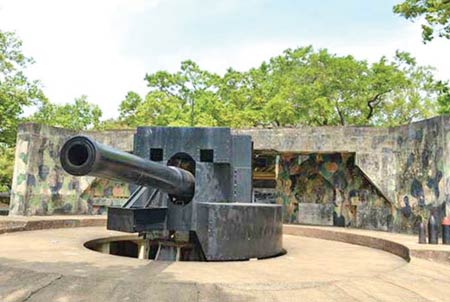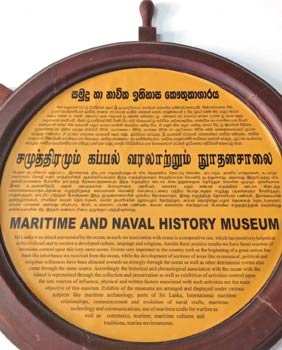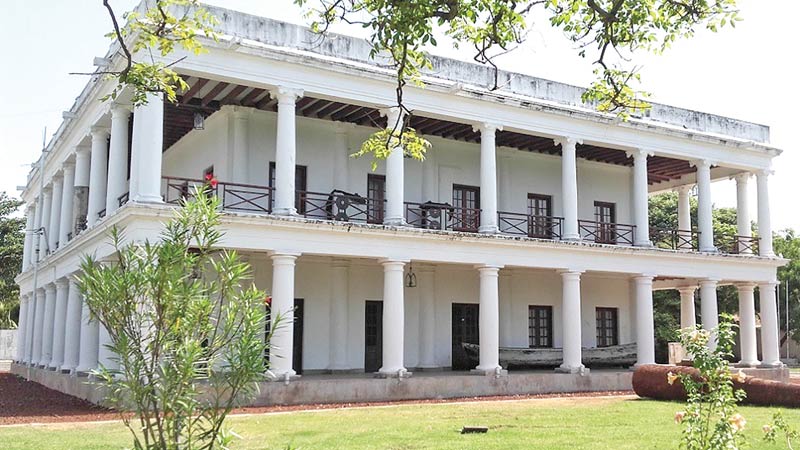The Maritime and Naval history Museum in Trincomalee is a treasure trove of artefacts ever to be found in any part of the world. It has been established near Fort Fredrick where the Dutch first landed in the island in the 16th century.
The Museum has important marine artefacts on the history of Britain comprising a myriad of items including maritime art, both British and 17th century Dutch cartography, manuscripts including official public records, ship models and plans and scientific and navigational instruments.
Organised display
 The organised display of artefacts under various subjects such as Maritime Archaeology, Ports of Sri Lanka and International maritime relations, gives the viewer an insight into what went on in the maritime arena in the days gone by.
The organised display of artefacts under various subjects such as Maritime Archaeology, Ports of Sri Lanka and International maritime relations, gives the viewer an insight into what went on in the maritime arena in the days gone by.
The Museum was opened on February 3, 2013 by then President Mahinda Rajapaksa to coincide with the 65th Independence day celebrations. The country’s maritime history, marine biodiversity and information of the history of local naval affairs are finely displayed thus giving the viewer a clear idea of how and what the seafarers used at that time and how they navigated the treacherous waters.
The building was set up in a 17th century building which was used as the official residence of the Dutch Naval Commissioner during the Dutch period from 1602 to 1795 and from 1785 to 1948 it was the Urban Commissioner’s residence. In 2013, the building was renovated with the assistance of the Government of the Netherlands to set up the Museum and conservation was under the direction of the Archaeological Department and the Department of Museums.
Ancient relics

A plaque giving the description of the Museum
Although the Maritime and Naval History Museum has been in operation since 2013, the Museum is home to several ancient relics that date back to the days where trade relations were just established in Sri Lanka during the time of Marco Polo. Within the two-storey complex is a myriad of artefacts that showcase how Sri Lanka, especially the port of Trincomalee was used as an important docking point for many traders coming from the far East. Located close to the historical Fort Fredrick, the museum provides an insight into the history of how the Dutch set foot into the island during the 16th century and eventually took control of the coastal regions.
The commencement and evolution of maritime craft, maritime technology and communications, the use of maritime craft for warfare as well as commerce, tourism, maritime culture and traditions, marine environments are clearly showcased making the Museum a ‘Go to’ place to those interested in maritime history.









